This post is also available in: ![]() English
English ![]() Français (French)
Français (French)
Between 2015 and 2019, I had the chance to be the sales and technical manager for a French greenhouses manufacturer (plastic/glass) in South-East Asia. The subsidiary office was based in Kuala Lumpur, Malaysia not so far from the famous Petronas towers.
During this period, I have created a solid network and traveled around (a lot!) to meet the growers and professionals involved in the farming and horticulture industry in this part of the world.
Geography, climate and environment
The region consists of eleven countries: Myanmar, Thailand, Malaysia, Indonesia, Laos, Cambodia, Vietnam, Philippines, Singapore, Brunei and Timor-Leste that reach from eastern India to China, and is generally divided into “mainland” and “island” zones.
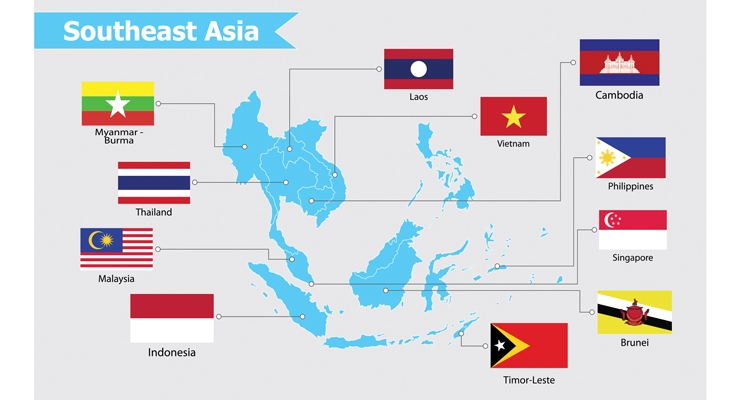
Temperatures are mostly warm, although it is cooler in highland areas (>700m elevation). The climate is tropical warm with very high humidity. The monsoon unequally affects these countries according to their geographical location. The proximity to the equator is one of the factors influencing the climate. Air pollution episodes called “haze” can occur every year between August and October, it can affect negativaly the crops production more particularly in Indonesia, Singapore and Malaysia.
The greenhouse producers will favor mountainous areas to benefit of cooler temperatures, especially at night. We can cite for example the Cameron Highland in Malaysia, the province of Lam Dong in Vietnam, the North of Thailand around Chiang Mai or even the Baguio region in the Philippines…
A dynamic region full of opportunities
There are many opportunities in that market. Indeed, the population is relatively young and the middle class is growing year after year. We can observe the phenomenon more particularly in Vietnam, Thailand, Philippines and Indonesia. These countries show high growth rates and a significant improvement in living standards.
The proximity to China and developed States such as Singapore, Hong Kong, Japan, and South Korea catalyze commercial activities and consumer habits. Nowadays, families have more money to buy healthier and quality food. For example, the Vietnamese middle class is the fastest growing in Southeast Asia in 2019. As a result, both healthy food and ornamental horticulture are experiencing a significant local demand. Exports are also increasing to neighboring countries but also Oceania, Europe, America…
Moreover, the recent trade war between the US and China has benefited to certain SE Asian countries seeing the number of Chinese production units increased on their territory. Again Vietnam is emerging as a preferred destination for companies looking to move production because of tariff concerns. Some expert as Jim Weber (CEO of Brooks Running) mentionned “China may have the right infrastructure, but Vietnam is more stable as a manufacturing country”.
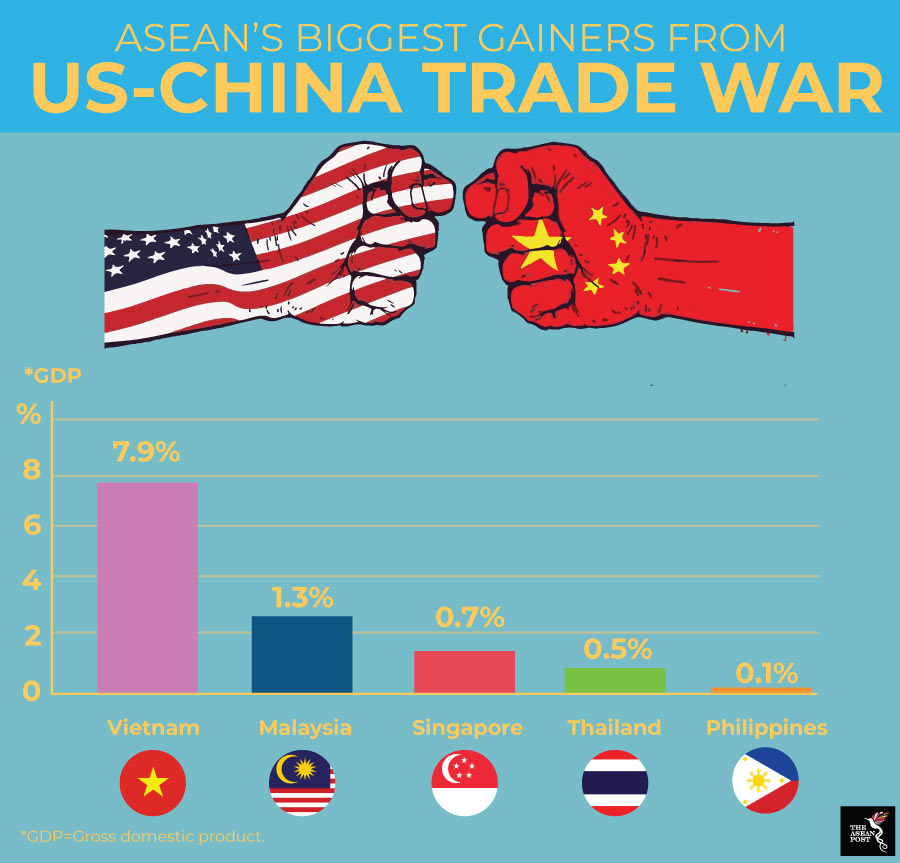
Free trade agreements between Europe and Vietnam, for example, also promote the economic development of the region.
We can also notice that some of Southeast Asia of these countries are very populated. Below, an idea of the number of inhabitants by country (approx.):
– Indonesia = 272 million
– Philippines = 109 million
– Vietnam = 97 million
– Thailand = 69 million
– Myanmar = 54 million
– Malaysia = 32 million
– Camdodia = 16 million
– Laos = 7 million
– Singapore = 6 million
– Timor-Leste = 1 million
– Brunei = 0,5 million
Total South-East Asia population is around 663,5 million > above the European Union population (=514 million).
Horticulture potential quick review
Vietnam
Vietnam has historically a strong agriculture industry. Rice is the most important crop. It is grown principally in the Red and Mekong river deltas. Other major food crops are sugarcane, cassava (manioc), corn (maize), sweet potatoes, and nuts.
The horticulture industry is concentrated in the Lam Dong province near the Da Lat city. This area is a large plate located between 800 and 1500 meters of elevation. The climate is ideal to grow vegetables and flowers.
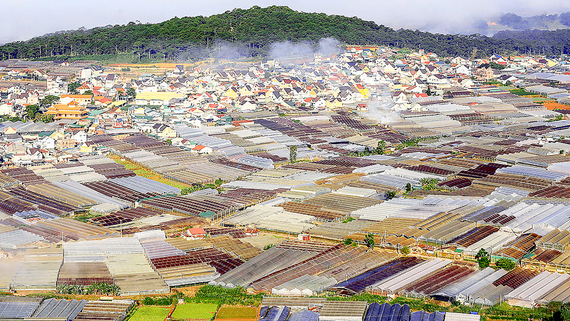
The Lam Dong province has around 4,500 hectares of plastic greenhouses and 1,222 hectares of net houses, including Da Lat city’s 2,800 hectares which accounts for more than 60 percent of the total area of greenhouses in the region. Most farms have an average of half a hectare (2,5 acres).
Today, the high-tech market in Vietnam is limited. Only few companies can invest in modern greenhouses and equipment. Most of the market is more interested in smaller-scale solutions that will offer them benefits over a short term.
However, the situation can change very quickly in the region. The new generation of growers and entrepreneurs are more likely to invest in the long term. What is more, international investors are also looking at the region considered now as the SE Asia horticultural hot-spot. Experts on site expect a boom in the coming years…
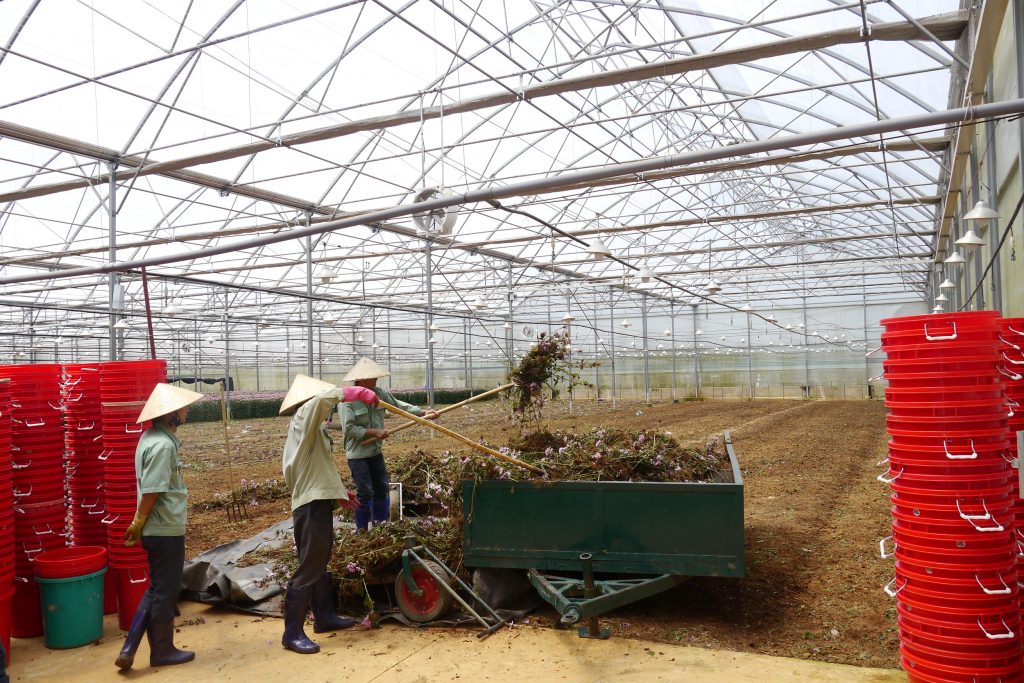
Vietnam largerst flower company using European gutter connected greenhouses

Malaysia
The country is dominated by the production of palm oil and rubber (in decline). Malaysia imports a lot of lowland and highland vegetables and fruits. Increase the horticultural crops production is a National strategy to diversify agriculture and revitalise the sector’s contribution to the overall economic development of the country.
The horticulture industry is concentrated in the Cameron Highlands located about 4 hours from Kuala Lumpur (by car). The main crops are tomato and chrysanthenum production under low-tech plastic film greenhouses. There are also some hydroponic lettuce (NFT) growers in the area. Strawberries represent a low percentage of the CH production, it is more an agro-tourism attraction.
A big issue and disadvantage faced by the growers is that land ownership is not guaranteed. The majority of them do not own the land.
The labor cost is also increasing significativaly every year and the lack of qualified workers is a real problem. The Cameron Highlands has also environmental issues (water and soil contamination) due to the steep geography and farms concentration (very high). Lot of growers are using very low-tech greenhouses and equipment without water/fertlizers control and treatment system.
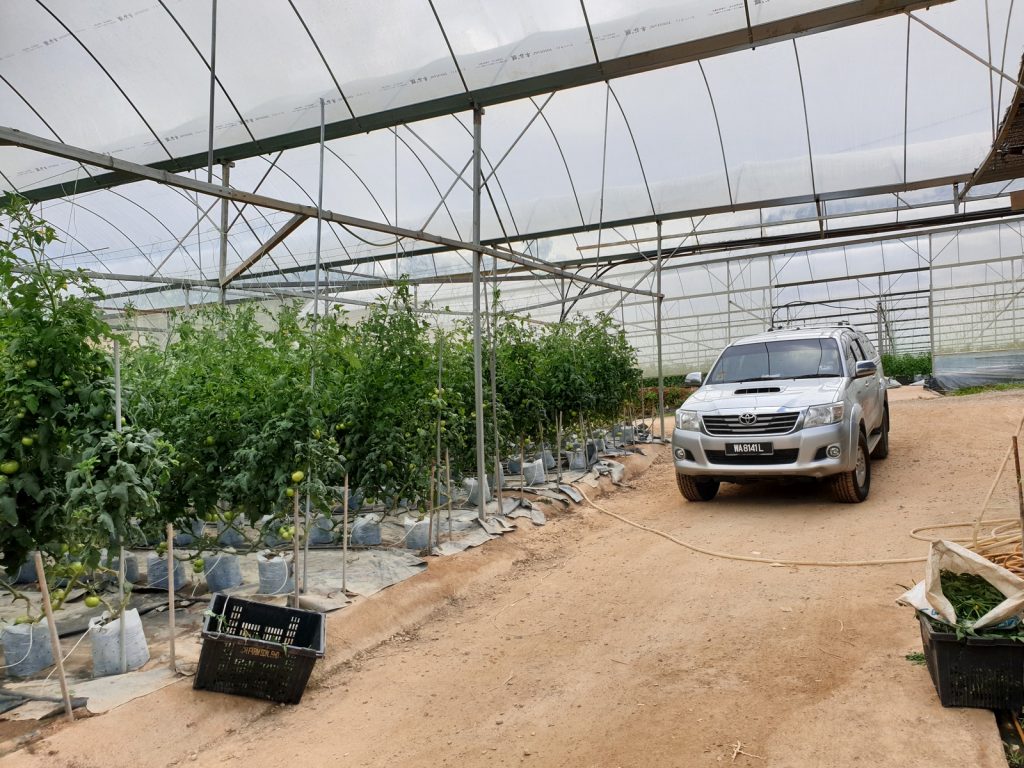

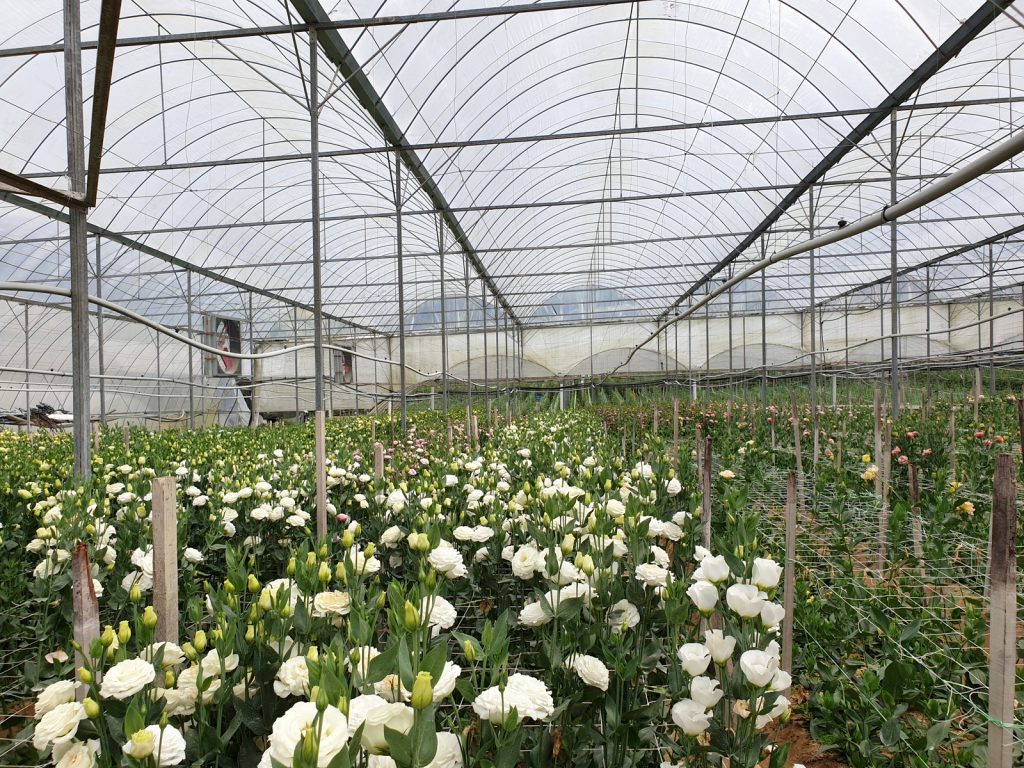

Cameron Highlands lansdcape with low-tech PE film greenhouses
In the future, the Malaysian horticulture will have many challenges to success. Indeed, there is a real pressure to stay competitive (versus its neighbors). More government support to farmers by investing in greenhouse technology and more sustainable system would be part of the solution.
In addition, development of new controlled environment solutions for low land crops (cucurbits, tropical fruits, cherries tomato…) could also allow Malaysia to increase its production capacity and agriculture diversification.
Conclusion
Southeast Asia is a very dynamic region with high potential in the horticultural industry. The warm climate reduces energy costs (less or no heating system) and the high-lands regions offer optimal conditions to grow vegetables and flowers cultivation. The geographical position near China, between America and Europe without forgetting proximity with the Middle East and Australia make this area a strategic crossroads.
Tropical greenhouse concept is the best solution to use as much as possible the passive ventilation to control the temperature and drain out the excess humidity in the air. Wide and high greenhouse structure offers more volume to protect the crops especially during hot days. Using proper insect-proof netting on sides and roofing will also help to keep out the pests.
Working 5 years with growers in this part of the world was a fabulous experience. It is full of energy, everything is changing so fast in the positive way. There are a lot of opportunities for foreign companies to develop their business. However, you need to understand that the culture is very different and you will have to invest a lot of time and ressources in the beginning to create good relations with locals. Having an office or an agent on site who knows the market is essential.
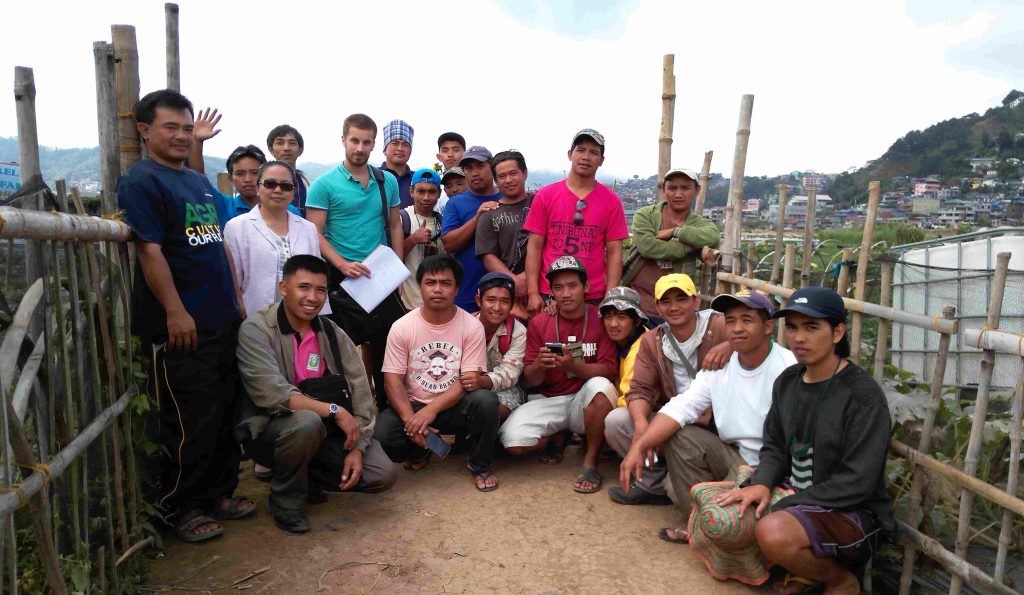
If you have any question(s) about the greenhouse and horticulture industry in South-East Asia, do not hesitate to contact me at [email protected]
Sources :
https://www.consilium.europa.eu/en/press/press-releases/2019/06/25/eu-vietnam-council-adopts-decisions-to-sign-trade-and-investment-agreements/
https://www.floraldaily.com/article/9155334/malaysia-can-cameron-highlands-flower-industry-maintain-its-position-in-the-asian-flower-market/
https://www.hortidaily.com/article/9190357/many-opportunities-in-vietnam-if-you-can-offer-feasible-technologies-to-the-growers/
https://sggpnews.org.vn/national/da-lat-city-required-for-planning-greenhouse-to-protect-environment-83612.html
https://theaseanpost.com/article/vietnam-biggest-winner-us-china-trade-war
https://vietnamnews.vn/economy/519503/buffett-owned-brooks-running-moves-china-footwear-production-to-viet-nam-in-2019.html#XDeCr2fQBPGPJDXG.97
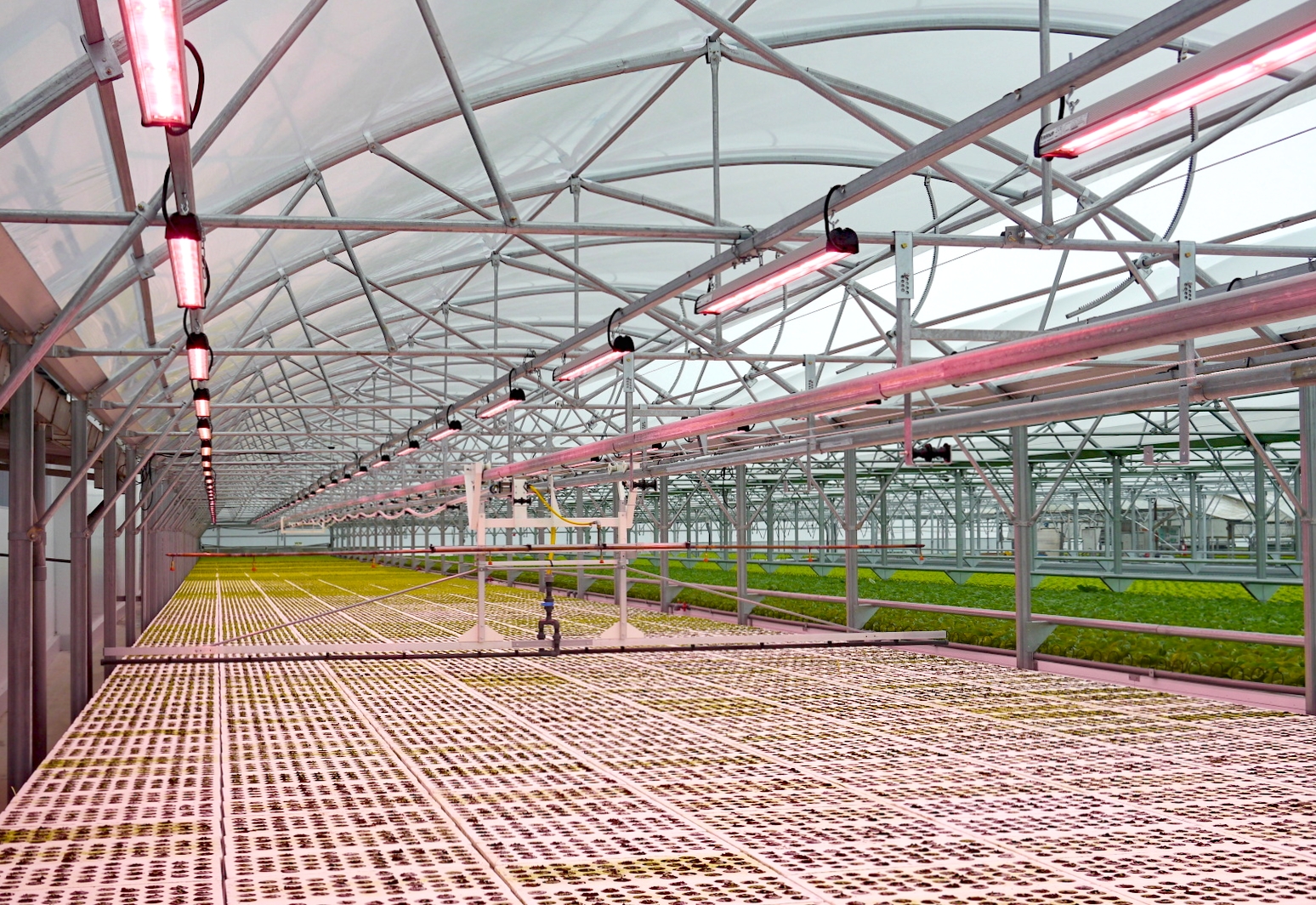


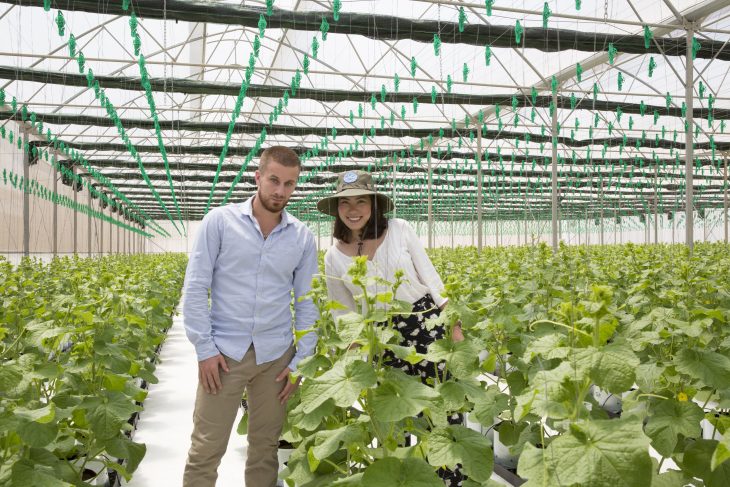

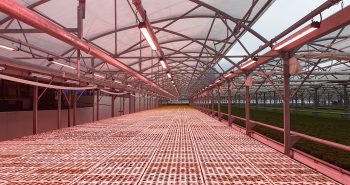
Dear Corenthin,
I am very interested in building a tropical greenhouse in Malaysia but it will be close to KL
We are looking at developing a tropical greenhouse. 1 acre to be precise.
I would be grateful for any information you could give me. We are looking at growing chilli, shallots , microgreens, and any other high value crops.
Have you any suggestions relating to the greenhouse?
Dear Timothy,
Your project sounds very interesting. I can advise on the type of greenhouse and layout. My recommandations will depend if your greenhouse building site is in low or high lands. Indeed, this parameter will impact the temperature and relative humidity management…
Do not hesitate to send me some more information by email to [email protected]. I will be happy to help you.
Thank you,
Corenthin
[…] Review of 5 years spent in the greenhouses and horticulture industry in Southeast Asia […]